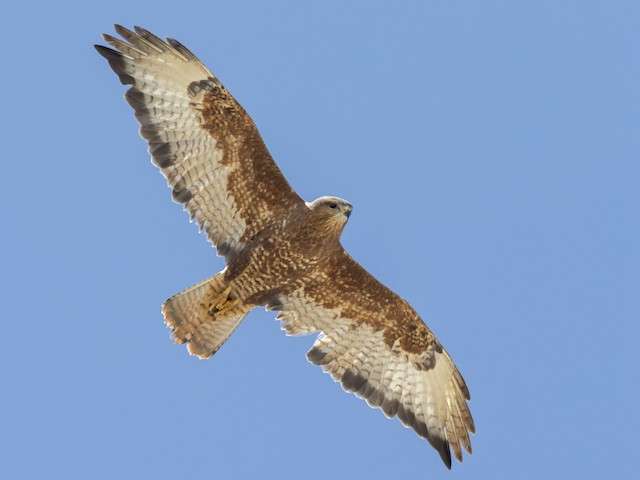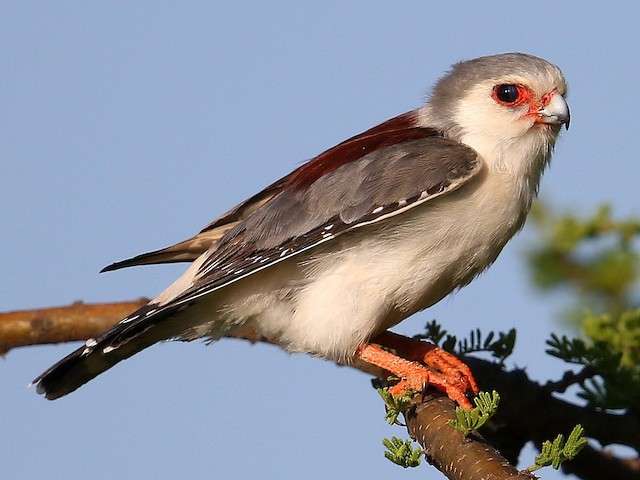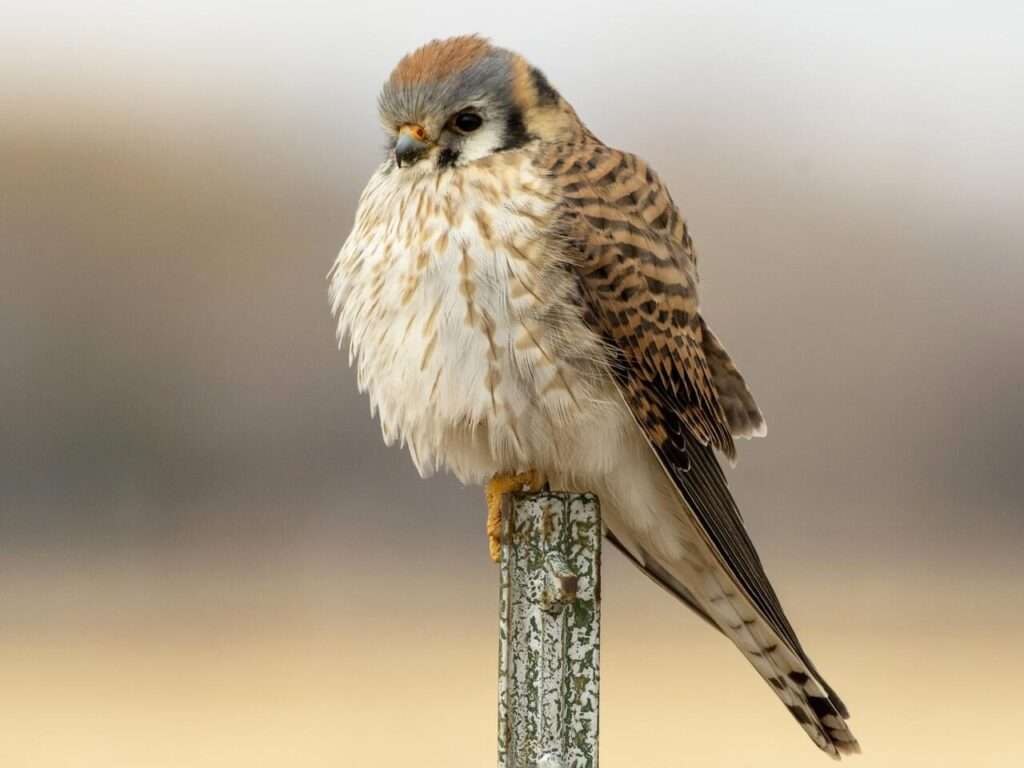
Description
Life span: 12-20 years
A medium-sized raptor with eye-catching plumage variation is the common buzzard. Most buzzards have a plainly rounded head, a moderately narrow beak, moderately long wings that, when perched, either reach or are just a few inches from the tail tip, a relatively short tail, and moderately short and mostly bare tarsi. The common buzzard measures 40 to 58 cm in length and 109 to 140 cm in wingspan.
The two sexes are equal, however women are slightly larger than men. The underparts of older birds are frequently almost completely white and noticeably darker, with brown streaks that turn reddish-brown on the belly. The color of the primary feathers is dark, almost black. While the cere and claws are yellow, the beak is a gloomy black hue. They begin to grow their adult plumage at 16 months.

Native Region/Habitat
All around Europe, including in Ireland, Greece, Scotland, France, and many more countries, this buzzard can be found. They can also be found all over Asia in places like China, Russia, Mongolia, and Mongolia. Common buzzards from colder regions migrate to South Africa for the winter.
Alluvial and tiny field shrubs are two types of forests where they might be found. In your area, you can also find them in wetlands and on rocky beaches. The Common Buzzard and the forest have a close bond. It can be found in different kinds of forests, rural areas, and mountains, but it is almost always close to an open field. It can also be seen in rural areas, on rocky mountaintops, and in areas with a scattering of trees.
Behavior
It’s common to think of the Common Buzzard as a lazy bird. This bird appears to be at rest when observed from a distance when comfortably sitting, yet it is actually very active, swooping back and forth above meadows and forests. The common buzzard consumes insects, birds, reptiles, and small animals that have been trapped on the ground. This species is extremely adaptable. Its high rate of reproduction may be explained by this. It is renowned for the way it captures moles. It maintains an eye on the ground, and as soon as the soil starts to shift, it jumps down from its perch and quickly catches the animal.
As pet
They will not make a nice pet due to their wild character.
Table





